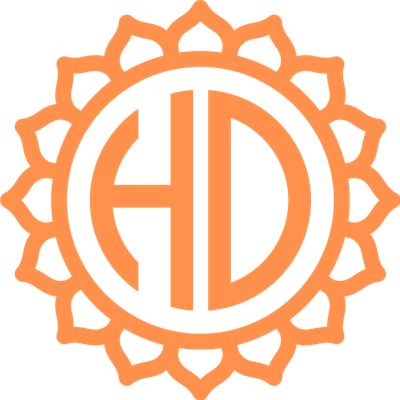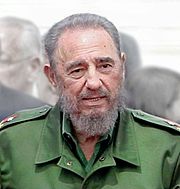Fidel Castro's Human Design Chart
1/4 Splenic ProjectorFidel Castro: A Revolutionary Projector Guided by Human Design
Fidel Alejandro Castro Ruz, born on August 13, 1926, in Birán, Cuba, emerged as one of the most influential political figures of the 20th century. Known for leading the Cuban Revolution and establishing a communist state in Cuba, Castro’s legacy is complex and multifaceted. Beyond his political endeavors, understanding Castro’s life through his Human Design offers a unique lens into his leadership style and personal motivations.
Early Life and Family Background
Born as the illegitimate third son of Ángel Castro and Lina Ruz, Fidel Castro’s upbringing was marked by complexity and contradiction. Ángel Castro, a wealthy sugar plantation owner, was known for his volatile temper and benevolent nature, characteristics that were passed down to Fidel. Named after Fidel Pino Santos, a prominent Oriente politician, Castro was raised in a household that valued education and leadership.
Education and Early Political Engagement
Fidel Castro was a bright student, characterized by his charisma, energy, and leadership qualities. These traits were in line with his Human Design as a Projector, a type known for guiding others through their wisdom and insights. His Splenic Inner Authority means that Castro made decisions based on instinct and a deep, intuitive understanding of the present moment, which was evident in his decisive leadership style.
Castro attended the University of Havana, where he studied law and became deeply involved in political activism. His revolutionary spirit was ignited during this period, as he engaged in various student movements and developed his strategic approach to political challenges.
The Cuban Revolution: Strategy and Waiting for Invitation
In Human Design, a Projector’s Strategy is to “Wait for the Invitation.” This aspect of Castro’s design played a significant role in his revolutionary activities. After Batista seized power on March 10, 1952, Castro formed an insurrection group, known as the 26th of July Movement, reflecting his Right Angle Cross of Explanation. His strategic patience and timing enabled him to seize opportunities when they arose, leading to the eventual overthrow of Batista’s government on January 1, 1959.
This revolutionary success highlighted his ability to leverage the strengths of his design, using his 1/4 Profile to lay a solid foundation and build networks that supported his long-term vision for Cuba.
Leadership and Governance
As the leader of Cuba, Castro’s role as a Projector was evident in his governing style. His channels, especially the 43-23 channel, often referred to as the “Genius to Freak” channel, allowed him to present radical ideas and reforms that were either seen as visionary or controversial. This ability to articulate complex concepts in simple terms enabled him to communicate effectively with the Cuban populace and international audiences.
Castro’s tenure was marked by his diplomatic antagonism towards the United States, beginning in 1961. His unwavering commitment to his revolutionary ideals and his resistance to external pressures were a testament to his Splenic Authority, guiding him through the challenges of leadership with an instinctive understanding of the right course of action.
Personal Life and Relationships
Castro’s personal life was as dynamic as his political career. He married on October 12, 1948, and had a son, Fidel Jr., on September 14, 1949. Despite his marriage, Castro engaged in a long-term affair that extended beyond his time in prison and through his divorce. These personal relationships reflect the complexity of his 1/4 Profile, balancing foundational relationships with expansive networks of influence.
Later Years and Legacy
On March 15, 2001, Castro was nominated for the Nobel Peace Prize by Hallgeir Langeland, recognizing his contributions to supporting other nations. However, his long-standing position as a dictator faced challenges, including dissension within his ranks and numerous attempts to unseat him. His resilience in maintaining his leadership role aligned with his Human Design’s emphasis on intuitive decision-making and strategic foresight.
On July 31, 2006, Castro temporarily transferred power to his brother Raul while he underwent surgery. Finally, on February 19, 2008, he announced his retirement from leadership, marking the end of an era. Raul Castro was selected as President on February 24, 2008, by the Cuban National Assembly. Fidel Castro passed away on November 25, 2016, leaving a legacy that continues to influence global politics.
Understanding Fidel Castro’s Human Design
Fidel Castro’s Human Design as a Projector with a Splenic Authority and a 1/4 Profile offers insights into his life’s work and personal journey. His Right Angle Cross of Explanation allowed him to communicate and enact his revolutionary ideas, while his channels provided the necessary creativity and insight to navigate complex political landscapes. His strategy of waiting for the invitation was visible in his calculated approach to leadership, ensuring that his decisions were aligned with the needs and readiness of those around him.
Frequently Asked Questions
What is Fidel Castro’s Human Design type?
Fidel Castro was a Projector in Human Design, known for guiding and directing others through their insights and wisdom.
How did Castro’s Splenic Authority influence his leadership?
Castro’s Splenic Authority meant he relied on his instincts and intuition to make decisions, often allowing him to navigate complex political situations effectively.
What is the significance of Castro’s 1/4 Profile in Human Design?
Castro’s 1/4 Profile combined a need for a strong foundation (1) with the ability to connect and network with others (4), supporting his leadership in building and sustaining the Cuban Revolution.
How did Castro’s Right Angle Cross of Explanation manifest in his life?
This Cross enabled Castro to communicate revolutionary ideas that could transform societal structures, aligning with his role in leading the Cuban Revolution.
What channels did Fidel Castro have in his Human Design chart?
Castro had the “17-62,” “43-23,” and “16-48” channels, which contributed to his visionary thinking, innovative communication, and talent for detailed analysis.
Discover More Famous People
Browse and analyze over 55,000 public figures and celebrities.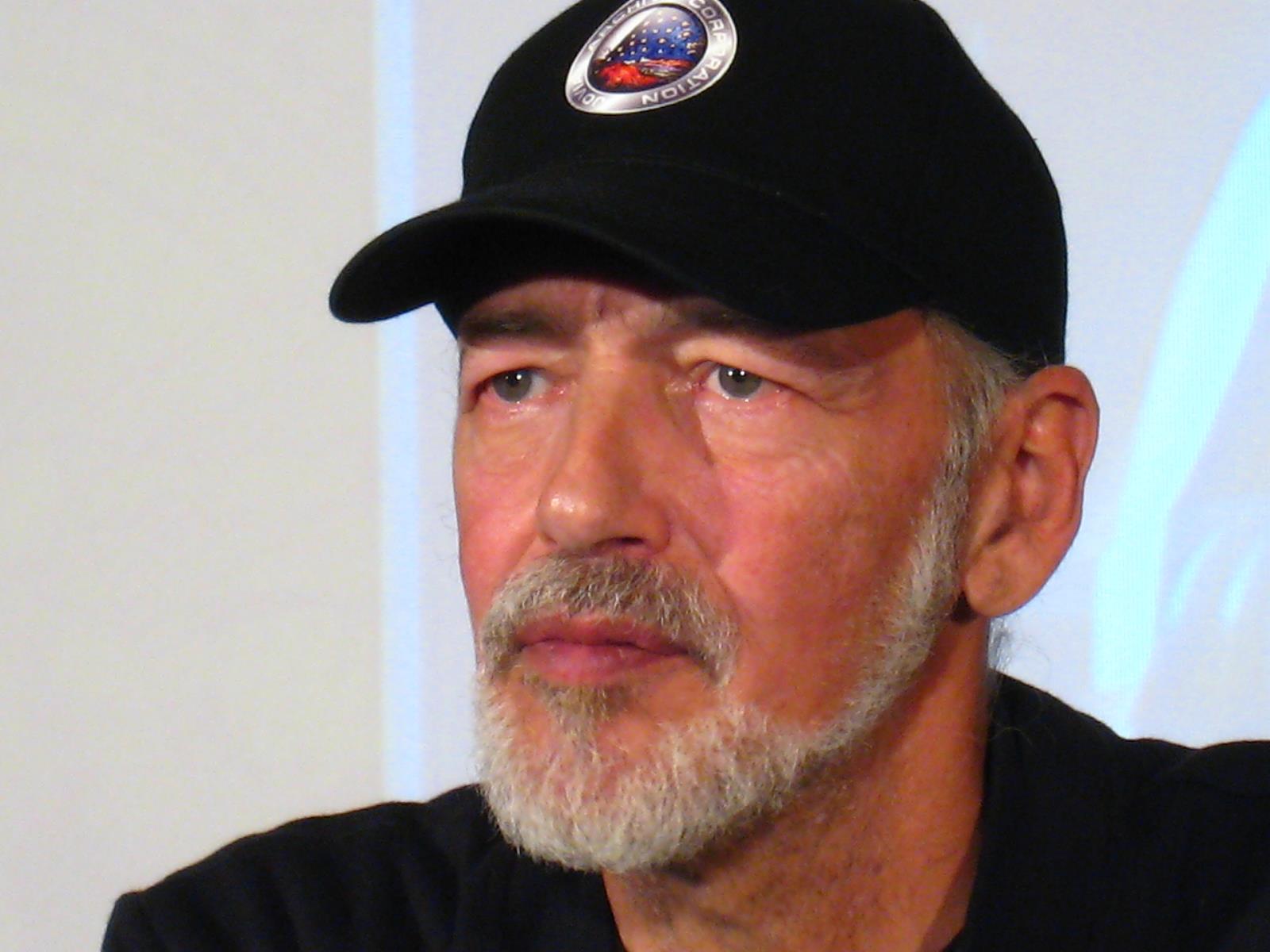
Ra Uru Hu
5/1 Manifestor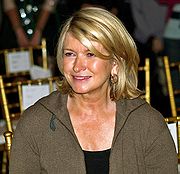
Martha Stewart
4/6 Manifestor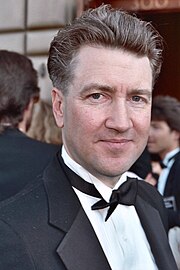
David Lynch
4/6 Generator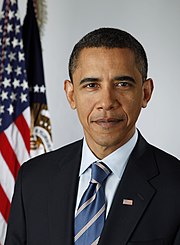
Barack Obama
6/2 Projector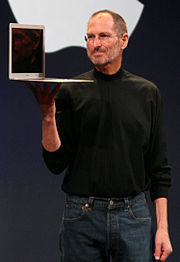
Steve Jobs
6/3 Generator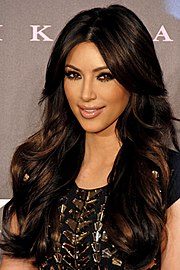
Kim Kardashian
3/5 Generator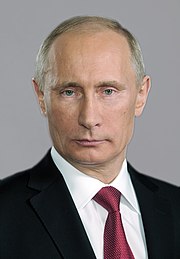
Vladimir Putin
5/1 Manifestor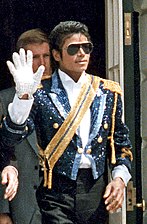
Michael Jackson
1/3 Projector
Marilyn Monroe
6/2 Projector
Ariana Grande
2/4 Projector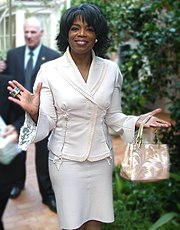
Oprah Winfrey
2/4 Generator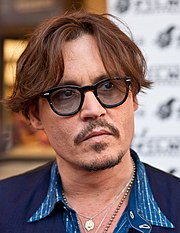
Johnny Depp
2/4 ManifestorWhat is HumanDesign.ai and how does it work?
Curious what makes Fidel Castro tick? HumanDesign.ai instantly maps their exact birth data into a fully interactive clickable bodygraph chart, letting you hover or tap every center, channel, and gate for plain-language explanations. Bella, the platform’s built-in AI guide, adds context in real time, translating complex mechanics into everyday insights so you can see how Fidel Castro’s strengths, challenges, and life themes play out on-screen.
The same tools are waiting for you. Generate your own Human Design Chart in seconds, open a library of 2000+ suggested questions, and chat with Bella as often as you like to decode your design, daily transits, and even relationship dynamics.
Want to compare energies? Save unlimited charts for friends, family, or clients, then ask Bella to reveal compatibilities, composite patterns, or coaching tips, all in one conversation thread.
Start free with core features, or unlock our Personal and Pro plans for deeper dives: unlimited Q&A, celebrity chart search spanning 55,000+ public figures, white-label PDF reports, branded content generation, and a professional profile with built-in booking for practitioners. Whether you’re exploring your own potential or guiding others, HumanDesign.ai delivers an ever-expanding toolbox of AI-powered insights—no spreadsheets, no jargon, just clarity at your fingertips.
Ready to see yours? Signup for FREE today!
